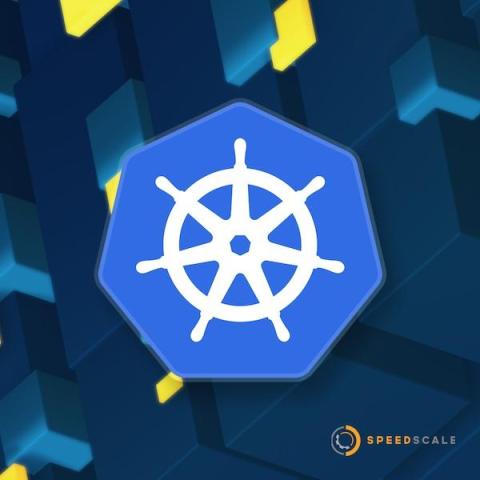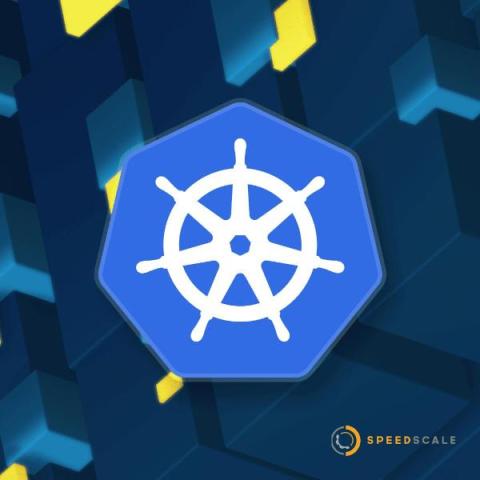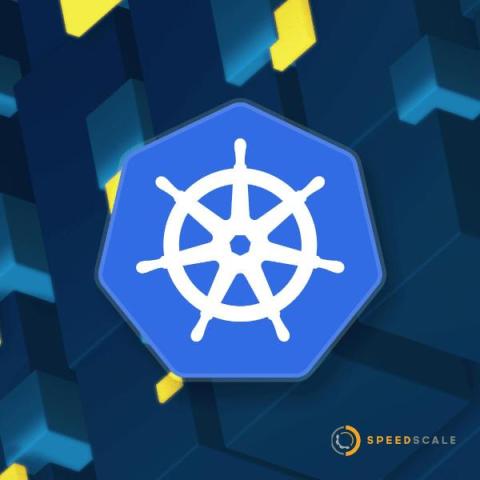Mastering Developer Productivity Analytics: A Guide to Boosting Team Efficiency
Developer productivity is ultimately a measure of the efficiency and effectiveness with which software developers produce high-quality code and complete projects. Where this becomes a bit more complicated is in the relationships between those efforts and the measurements that reflect them.























